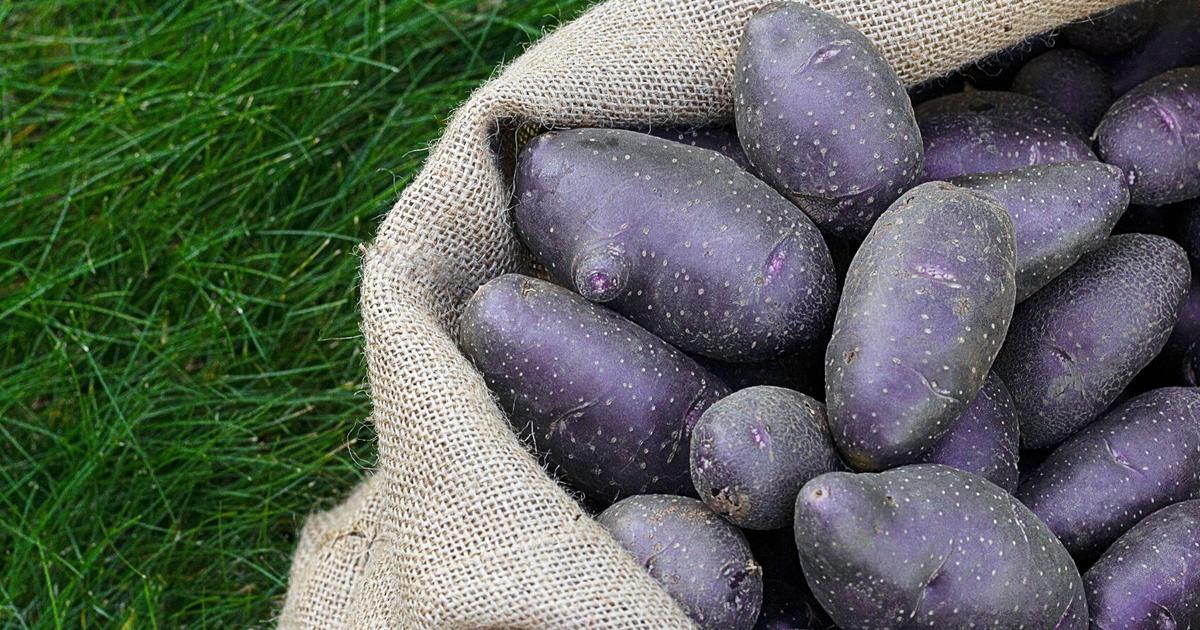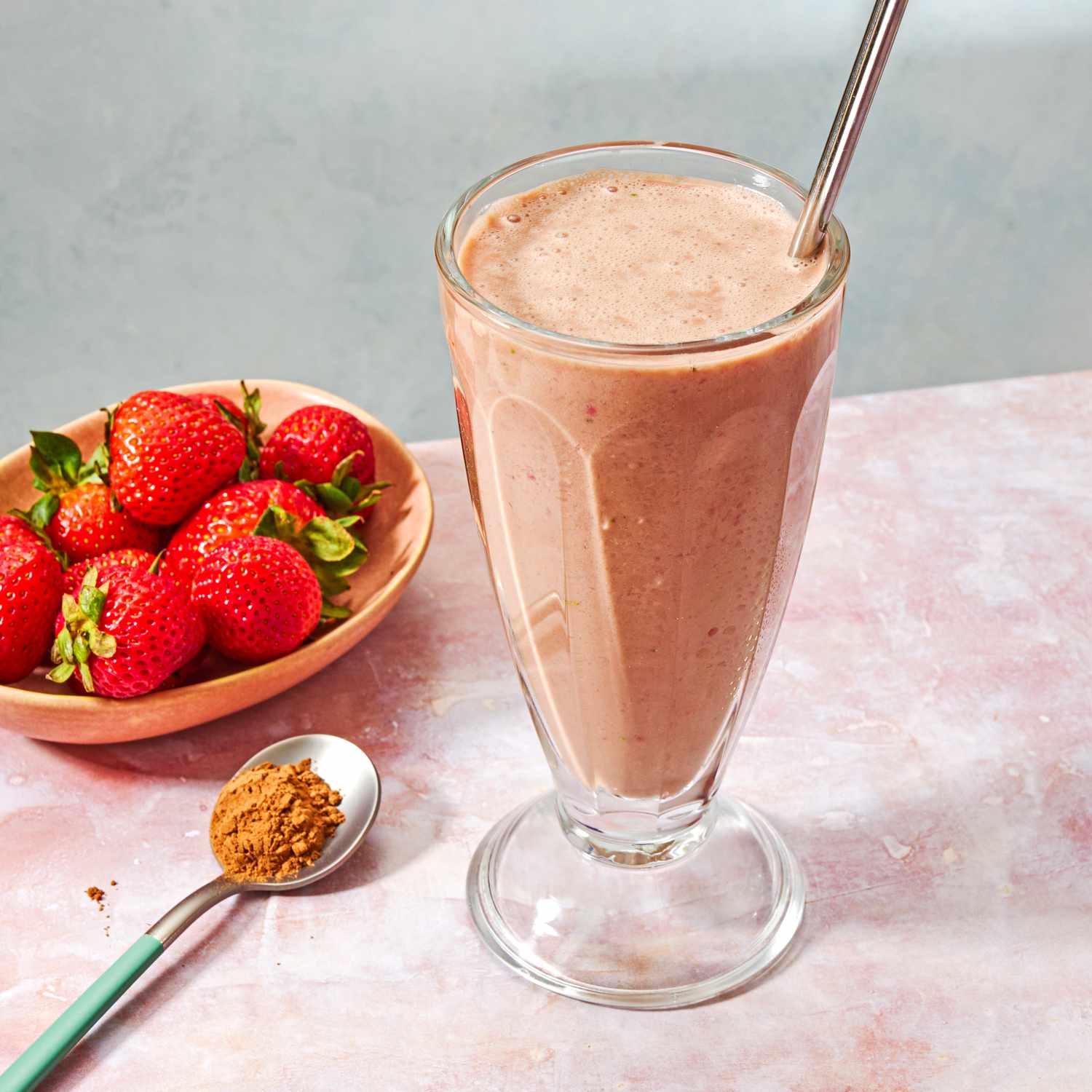February’s culinary stars include all manner of foods claiming to enhance feelings of love or improve heart health. With Valentine’s Day smack in the middle of the month, we may be enjoying amour-boosting chocolate from the beginning to the end of the month. Some people have other ideas for February’s focus.
February is also claimed as Potato Lover’s Month, and I’d like to make an argument for the benefits of eating potatoes, especially highly pigmented potatoes like Alaska’s own Magic Molly, perhaps not as an aphrodisiac, but for keeping our families and ourselves healthy.
Potatoes are the most commonly consumed vegetable in the United States and, by many measures, a worthy contributor to nutrition intake. Consider the following nutrition information: a 110-calorie portion of potato provides as much fiber as a slice of whole wheat bread, three grams of good quality protein, 15 % of the daily requirement for potassium (more than a banana), 30% of the recommended vitamin C, 10 % of the recommended vitamin B6 and small but well-absorbed amounts of iron, magnesium, riboflavin, thiamin and folate.
Potatoes are often given an undeserved bad rap as they are high in carbohydrates. For those trying to limit carbohydrates, it may be helpful to know that potatoes may not raise blood sugar as much as anticipated. Some carbohydrates in potatoes are called “resistant starch,” meaning the body doesn’t absorb the carbohydrates/starch. The resistant starch can be increased by baking, boiling or steaming potatoes and then cooling them. Reheating for use may decrease some of the resistant starch gained by the cooling but doesn’t eliminate all of it.
Undigested resistant starch is effectively like added fiber. And, just like fiber, it can be fermented by beneficial bacteria, so not only do you benefit from reduced carbohydrate absorption and less impact on blood sugar levels, but it also promotes good bacteria in your digestive system.
Phytonutrients found in yellow, red, blue and purple potato varieties can provide further health benefits. Research has shown that individuals who eat colorful potatoes regularly have higher levels of antioxidant compounds in their bloodstream.
Deeply colored, purple potatoes are high in phytonutrients called anthocyanins — the same compounds that give blueberries and eggplant a purple-blue color. Canadian research on purple potato anthocyanins indicates that consuming these pigments can promote good bacteria in the digestive system and reduce gut-related chronic conditions. These animal experiments with purple potato extracts have also shown a lowering of blood sugar and cholesterol levels, reduced weight gain, and reduced biomarkers of inflammation in blood and tissues. Other small studies in humans have shown similar results. Anthocyanins are said to preserve vision and eye health and lower cancer, diabetes and heart disease risks.
While there are several purple or blue potato varieties, potato lovers praise the creaminess and the mild, slightly sweet, earthy flavor of Alaska’s Magic Mollys. I agree with this assessment and find a meal of baked Mollys garnished with a bit of cheese satisfying. I don’t know if this is the effect of purple pigments on my digestion, blood sugar levels or vascular system, but I’d like to think so. Time will tell.
It’s too late to plan a Valentine’s Day meal with local purple potatoes, and their availability at this time of year may be limited. Your family may also resist substituting them for chocolate! But keep purple potatoes in mind when thinking about feeding the ones you love.


